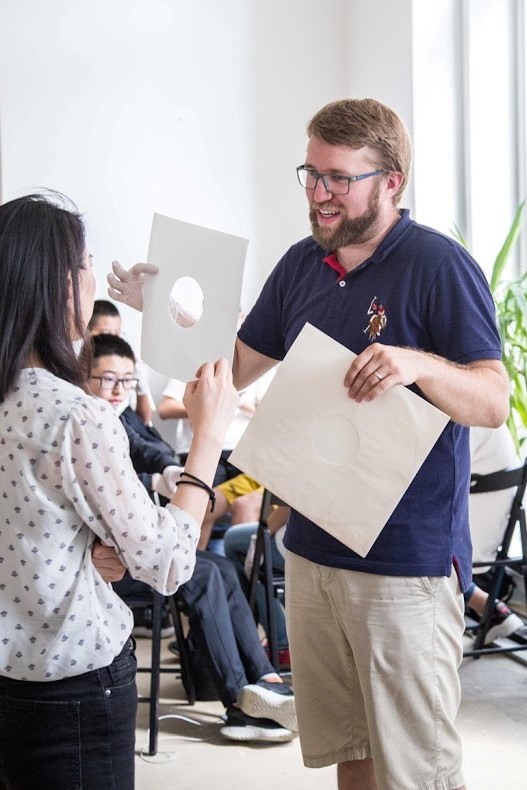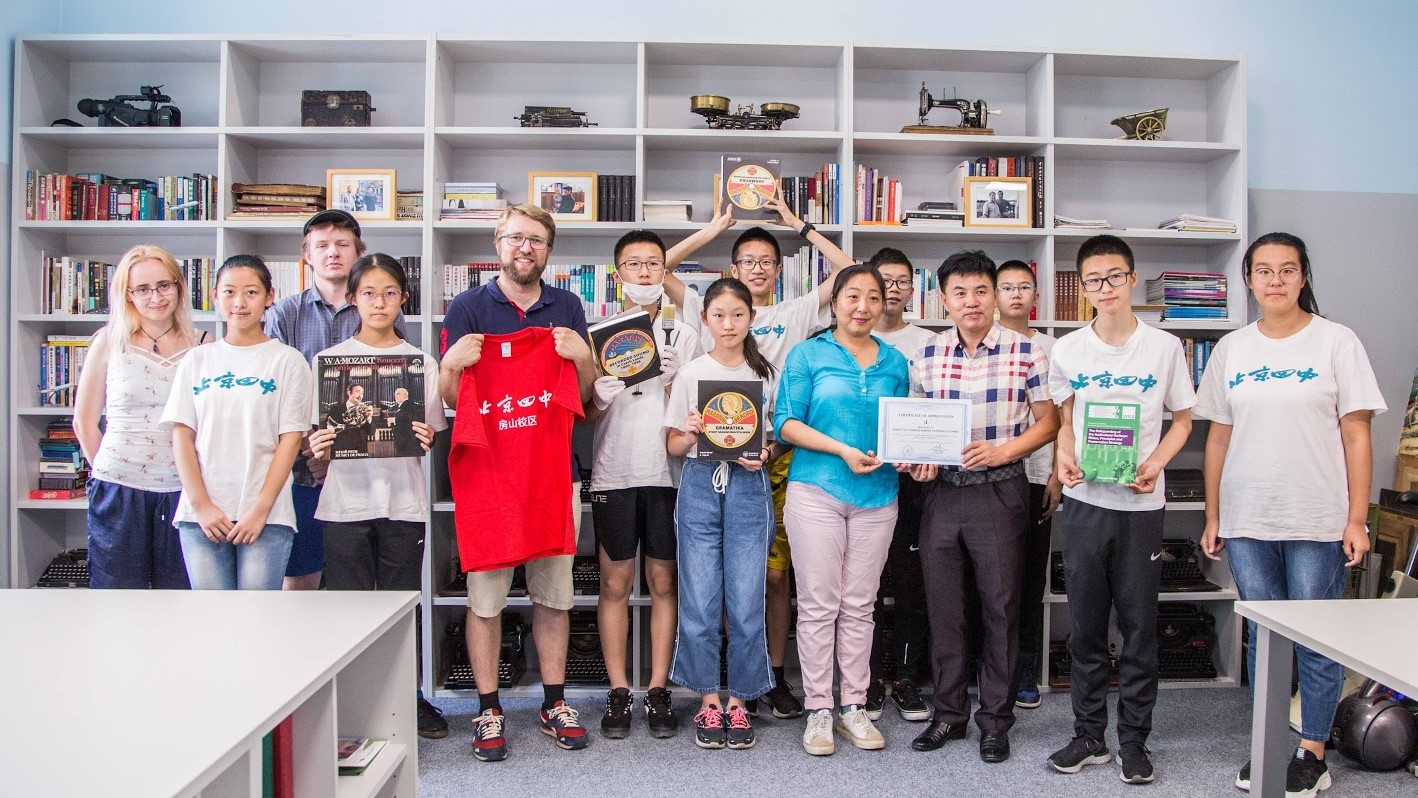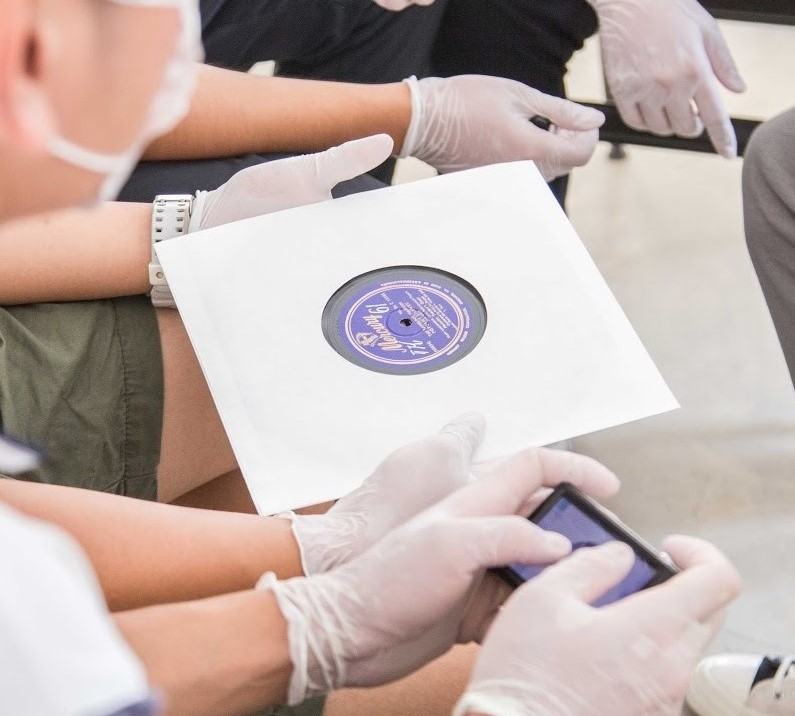
How can we bring the next generation closer to the history of sound recording? Coordinator of sound digitization at the National Museum, Filip Šír, found an answer: through hands-on workshops covering preservation of endangered audio formats. On 15 August 2018 in Prague, Students from Beijing were taken through various parts of the digitisation process, including cleaning a gramophone record, repackaging it in a new sleeve, and capturing and transcribing the recording itself.
The workshop was supported by the Czech-Chinese Cultural Association (Inter-Cultural Exchange Association ZS), which, since 2007, has organised various cultural events with the objective of creating a platform for intercultural dialogue, crossing local barriers and finding answers to various questions regarding cultural values.
The New Phonograph project, whose team was involved in the workshops, was launched in May 2018 and will run until 2022. Among its objectives is the creation of a comprehensive sound document management methodology, including their identification, digitisation and access, through the digital library. “The New Phonograph project has a good chance of achieving what has not yet been achieved in the Czech Republic: to begin preserving the sound cultural heritage of the early 20th century,” says Filip Šír.
The workshop took a light-hearted structure which included, among other things, photographing the labels of records with mobile phones. “Students could engage the tools and technology that is close to them and connect their use with technology that is alien to them – gramophones and gramophone records,” comments workshop leader Filip Šír, who introduced the digitisation workflow. It is a model process for the handling, cataloguing and digitisation of gramophone records, with the aim of serving as a reference for best-practice.
Students donned face masks and gloves before handling the records, protecting both the sound carriers from contact and the archivists from possible mold. This ingrained in the students the serious manner in which manipulating the records should be approached in a specialised digitisation process, to preserve the valuable carrier and prevent unwanted harm from mishandling.
“The Chinese value their cultural heritage,” says Filip Šír. He adds, however, that, as with the Czech Republic, China has not yet built a national sound archive. “The absence of a National Archive for Sound is not an issue isolated to the Czech Republic. That is why we consider New Phonograph as a key point of international cooperation.”
Chinese students, apart from their new skills, took home a copy of Filip Šír and Gabriel Gössel’s work, entitled Grammar of Gramophone Labels, several Czech vinyl records, and even the newly released Bohemia on Record CD, which contains extremely rare recordings of Czech compatriots in the United States of America from the first half of the 20th century – a time when the sound industry was just beginning.
Contact:
Filip Šír
project manager
filip.sir@novyfonograf.cz
www.novyfonograf.cz/en



The project New Phonograph is coordinated by the National Museum’s research team, who are also responsible for meeting the main objectives of the project, particularly in developing, testing and exploring appropriate methodologies to protect and make available a large part of its audio collections. Co-researchers within the project – the National Library of the Czech Republic, the Library of the Academy of Sciences of the Czech Republic and Masaryk University – are, within their specific competencies, each overseeing certain areas related to research and technology development.
Our workflow represents a model of our process across all necessary steps for digitising sound recordings, from carrier identification to providing access to the end user.
Our partners, co-operating institutions in the Czech Republic and international associations represent companies focused on audiovisual technology or production of specialized materials for the care of sound documents and their digitization.

